|
Finally after nearly a year, I have completed Dice Tsutsumi and Robert Kondo's Schoolism course. The amount of improvement I've made since starting the 9-lesson course has been tremendous. While the concepts they touch upon aren't necessarily ground-breaking, the course is structured in an interesting and accessible manner. It definitely helps that the two lecturers are really engaging and their banter is very entertaining to listen to. But the most important thing the course did to me was that it forced me to actually practice the techniques for the assignments. Again, a lot of what's been covered are not new knowledge, at least for me. Using the lasso tool to define crisp edges, using textured brushes, using layer masks and blending modes to speed up the painting process are all methods that are made known to me prior to this course. However, being a lazy artist that I am, I like to stay within my comfort zones when I make my art. I have been painting alla prima for a while now, often scoffing at the idea of layers and using "mechanical tools" like the lasso tool and custom textured brushes. I've always convinced myself that those are gimmicks, but deep down I know that I feared it because I didn't understood how they work. Doing the still life assignments offered me a "risk-free" environment to try out these methods. I no longer need to be concerned about the design of the objects - I just draw from life; I no longer need to be concerned about the lighting and color choices - I just draw from life; I no longer need to crack my head and figure out the perspective - I just draw from life. In fact, I don't even need to be afraid of the final result looking like crap (in which the first few attempts of executing these techniques were). It was an absolutely liberating experience and I grew to incorporate this process into my daily work and fan-art. The only criticism about the class I can think of is that Dice and Robert are the kind of artists who make their decisions based upon feelings. Therefore they can be a little vague on certain issues and sometimes lack a logical/methodical explanation on certain issues. Personally I affiliate myself with this mode of working (with feelings) so I didn't see it as too big of a problem, but I understand that some people may not prefer it. All in all, I will highly recommend this course to anyone with at least a beginner level of understanding to Photoshop. This course is also really suitable for intermediate artists looking to improve on their observation and color skills. Week 7 AssignmentWeek 7 was the same still-life exercises with a twist. We are supposed to pick one drawing and come out with 4 different lighting set-ups. For this assignment, I once again cheated by using photos from my travels. I have officially ran out of things to draw in my home. Week 8 AssignmentFor Week 8, we had to do 3 still-life paintings and add the Pig character into one of them. Then, we have to do 3 different lighting set-ups to convey 3 different moods within the same scene. Week 9 AssignmentFor the final assignment, there were no still-life exercises. We are finally let out into the wild and it is time to combine all that we've learned into this final set of paintings. We were given a short storyboard reel in which we can pick a sequence of 3-6 boards and try to create a color script that brings across a change of mood and feeling.
3 Comments
Kevin Webb
17/5/2020 05:08:23 am
Hi Jason, thanks for sharing your experience taking this course. Your work is very impressive! Do you remember about how long each lecture was? For some reason, they don't post that info on the course itself.
Reply
Jason
17/5/2020 10:12:24 am
Hey Kevin, if I recall correctly each lecture should be around 40mins
Reply
Kevin Webb
18/5/2020 04:20:47 am
Thanks, Jason! Much appreciated. Leave a Reply. |
Archives
April 2023
Categories
All
|

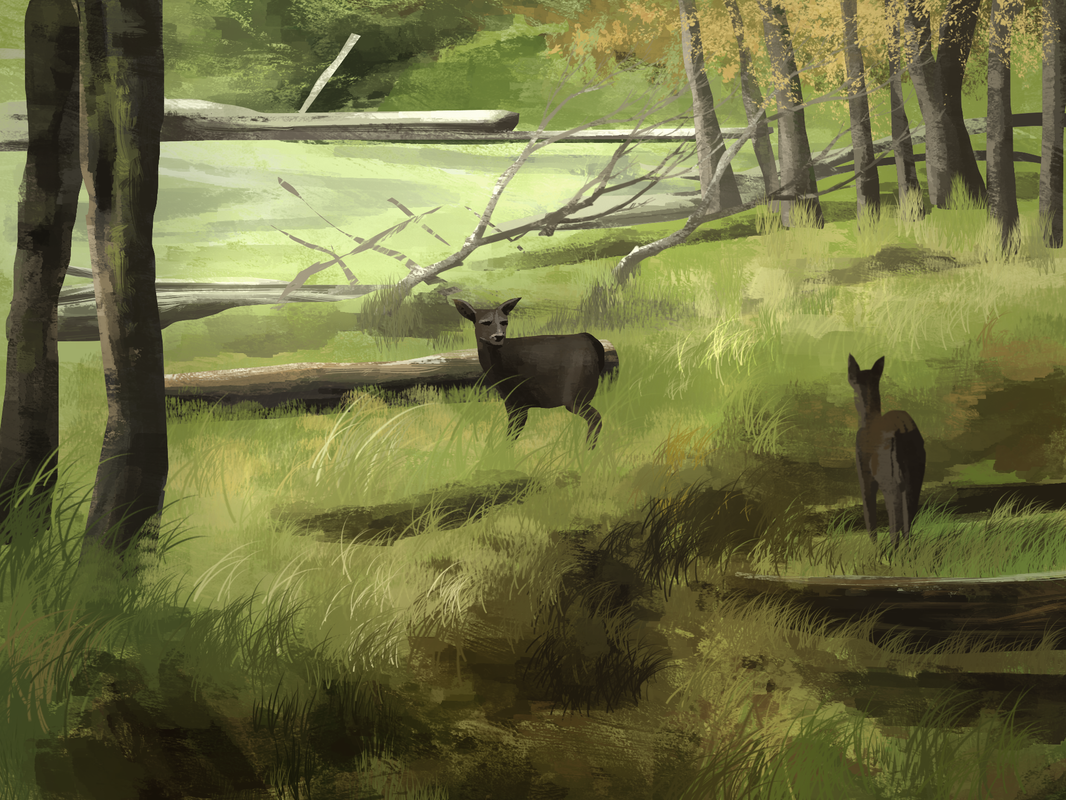
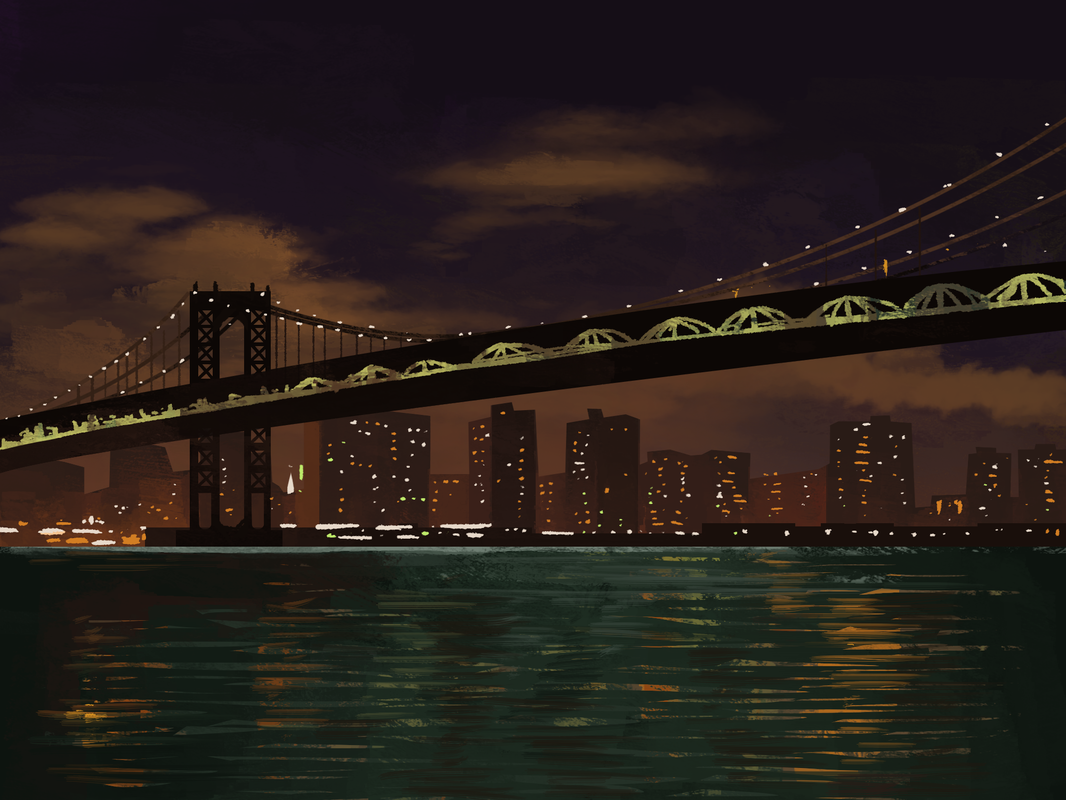
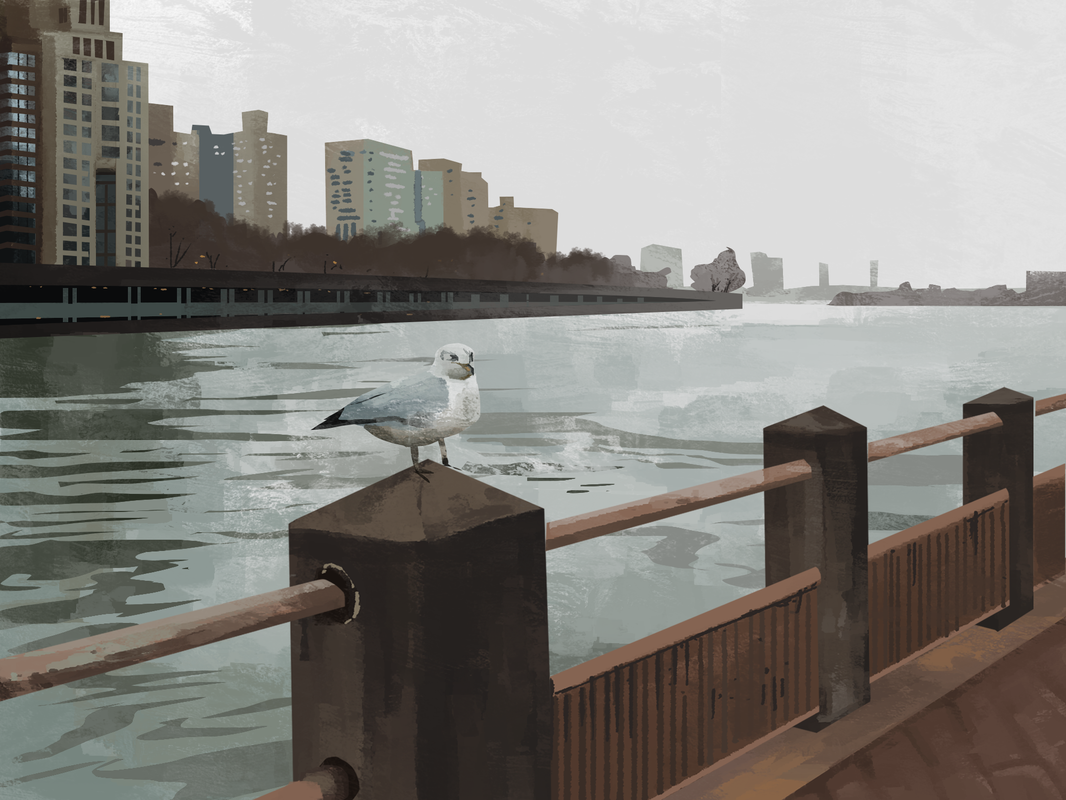
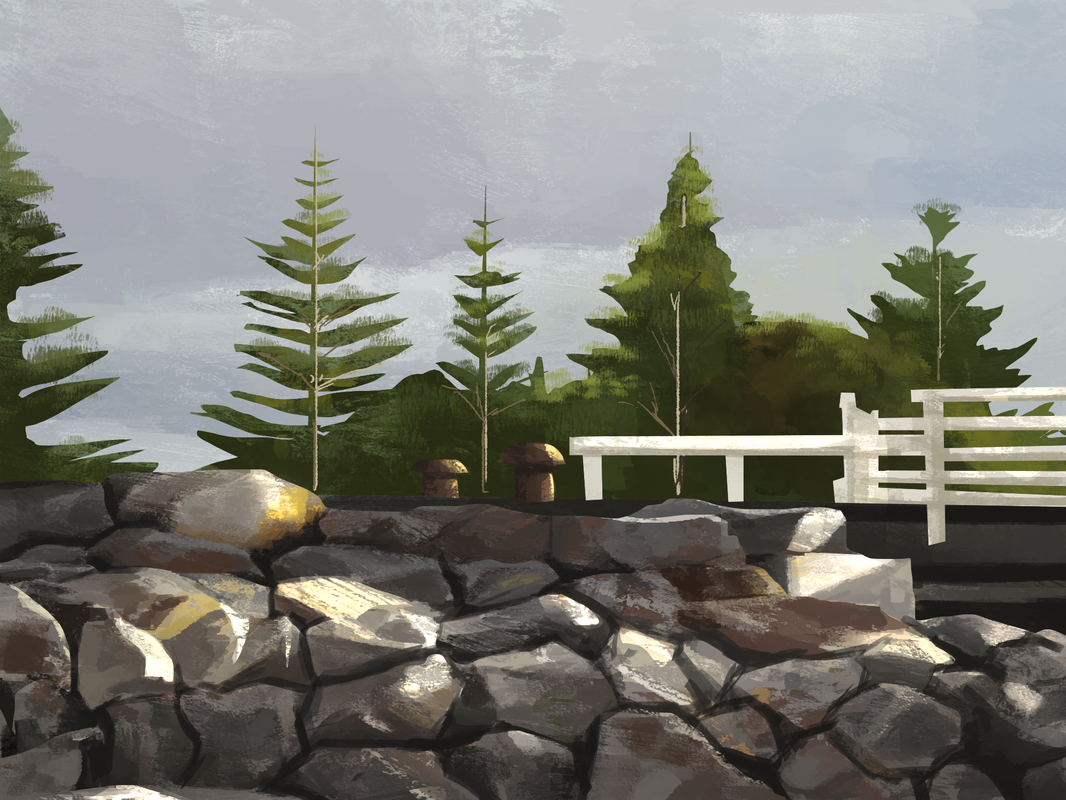

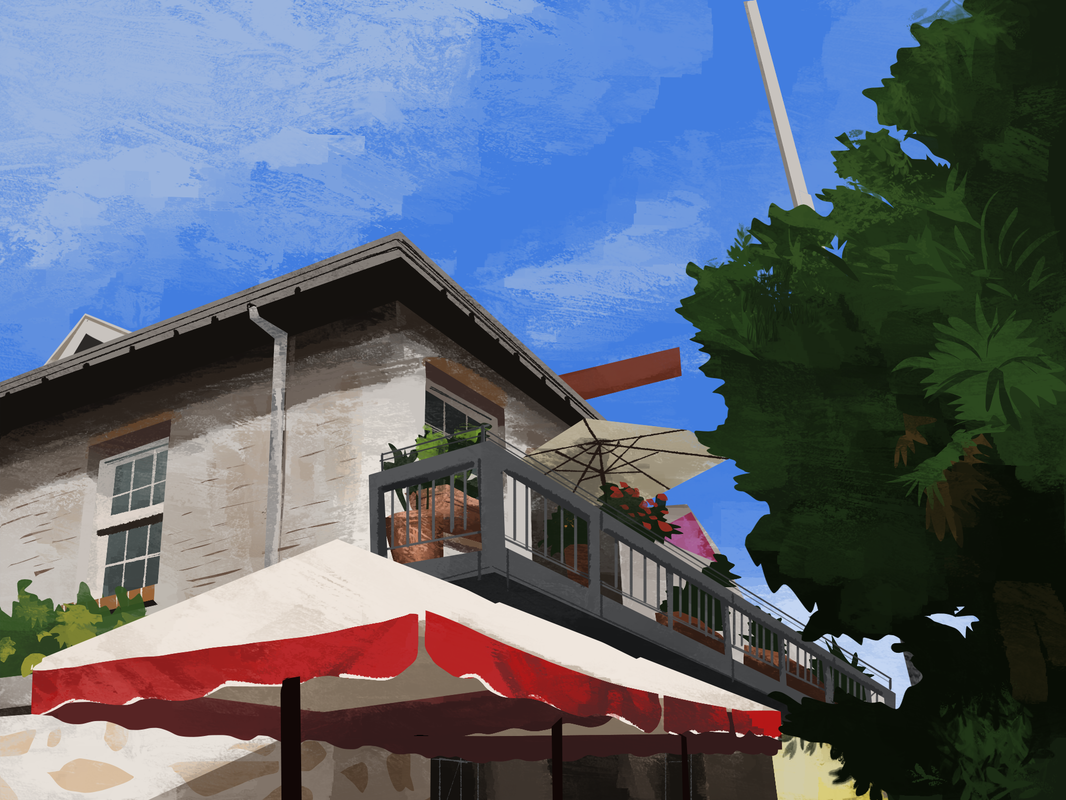
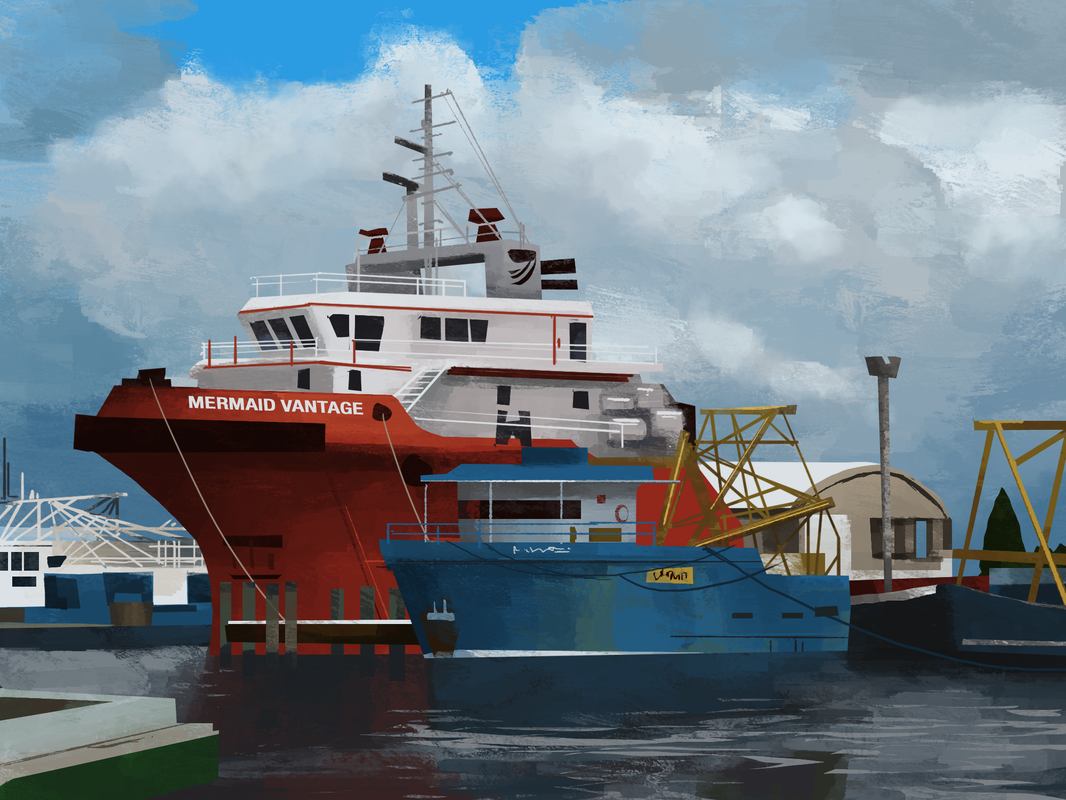
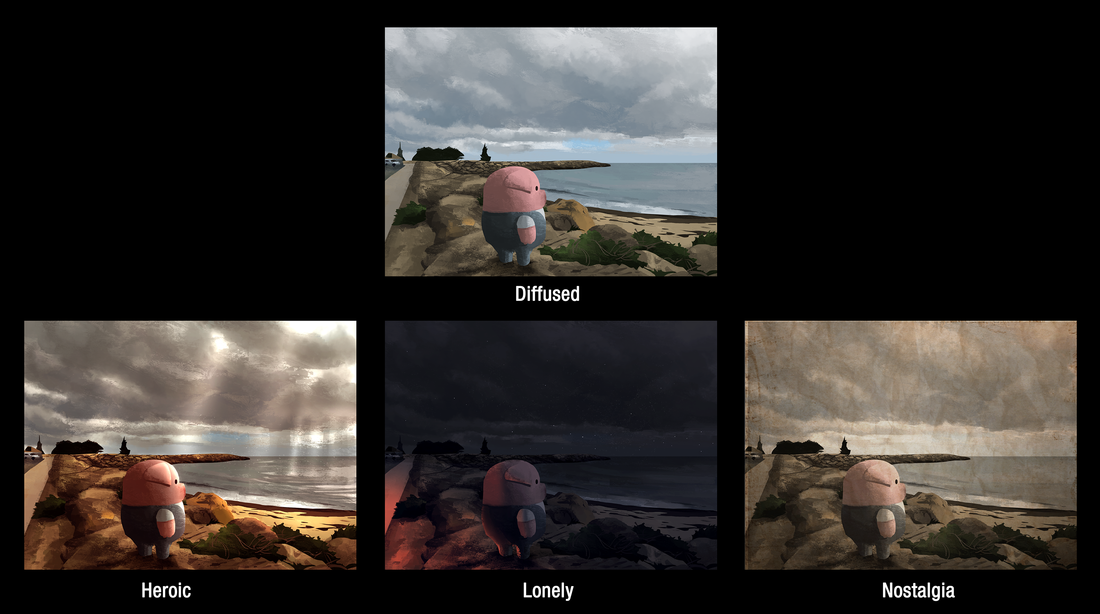
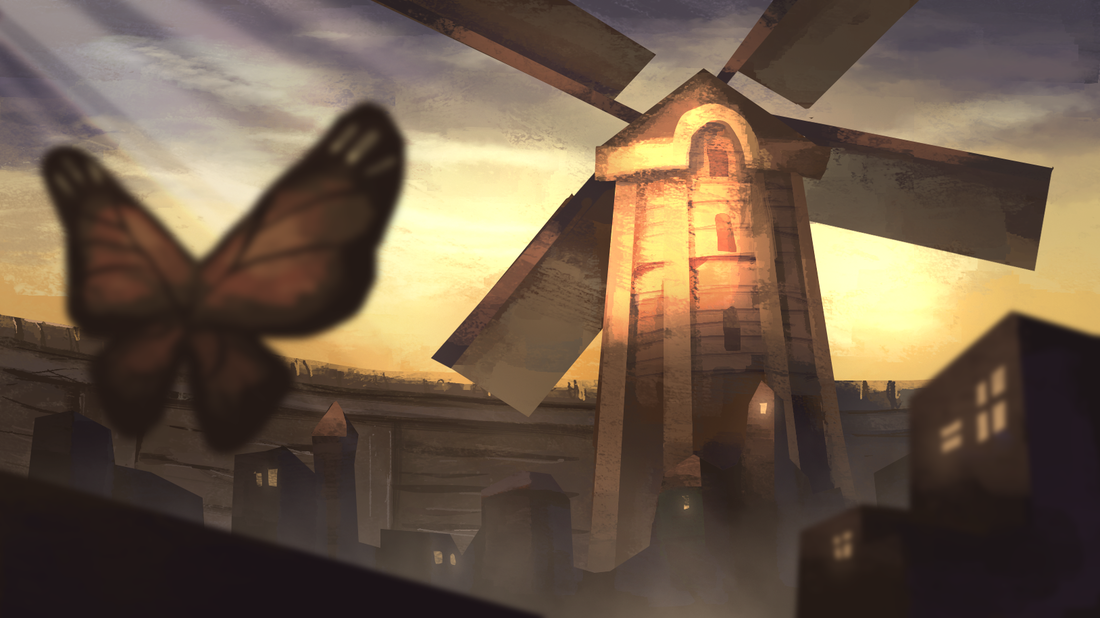
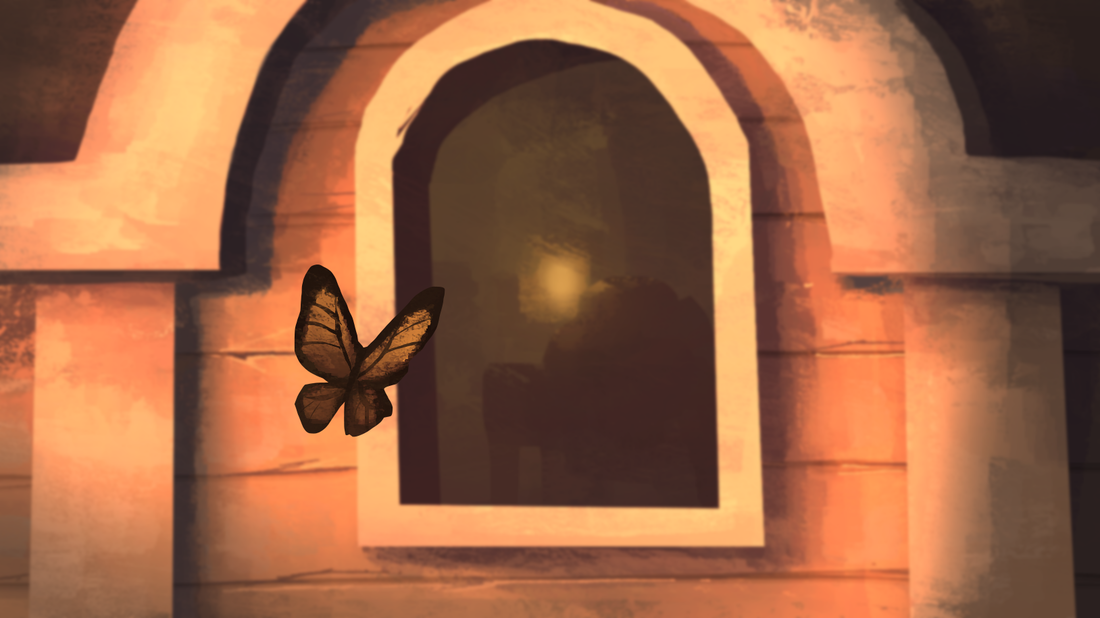
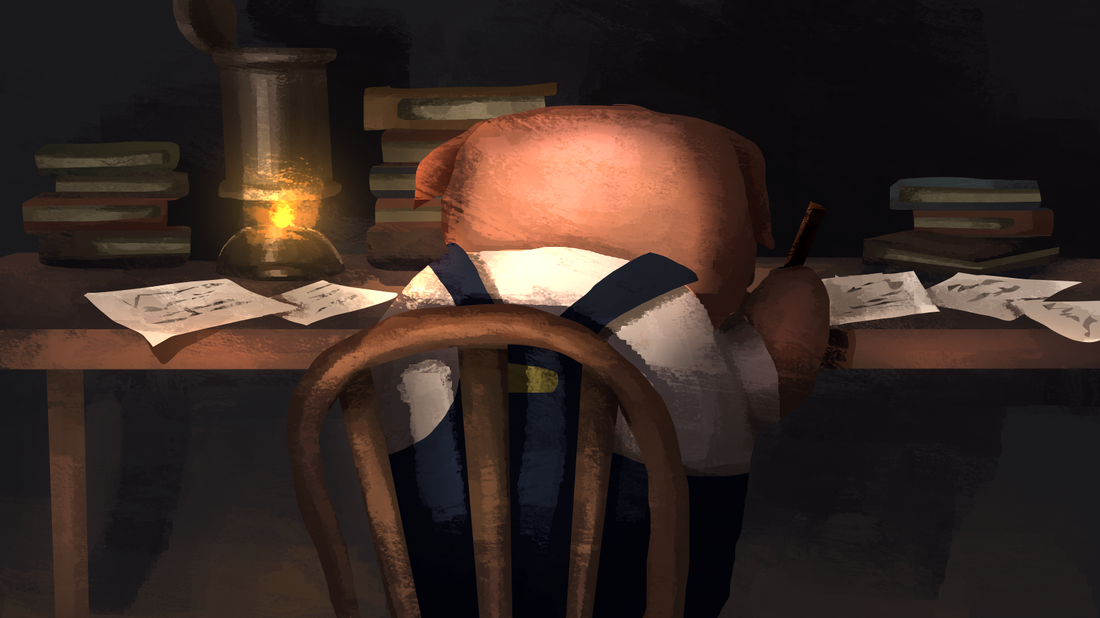
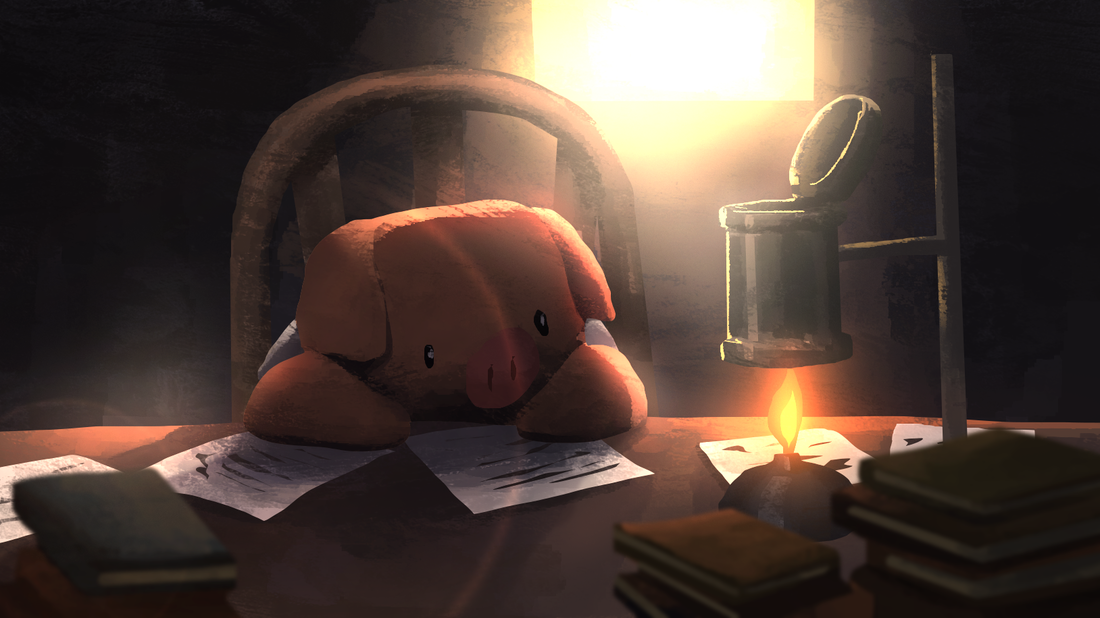
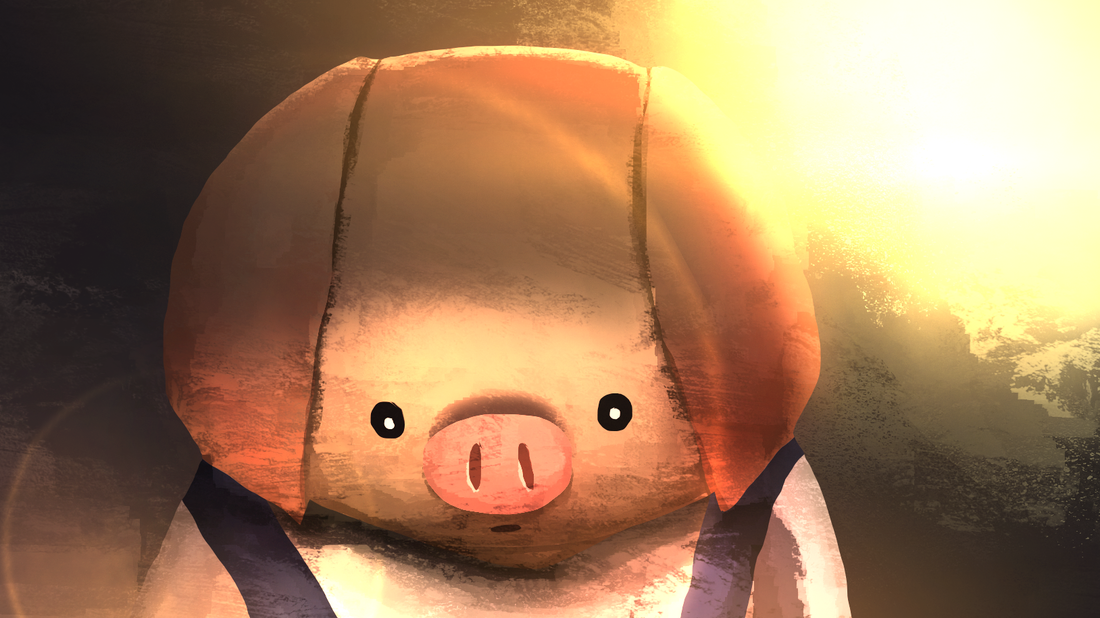

 RSS Feed
RSS Feed